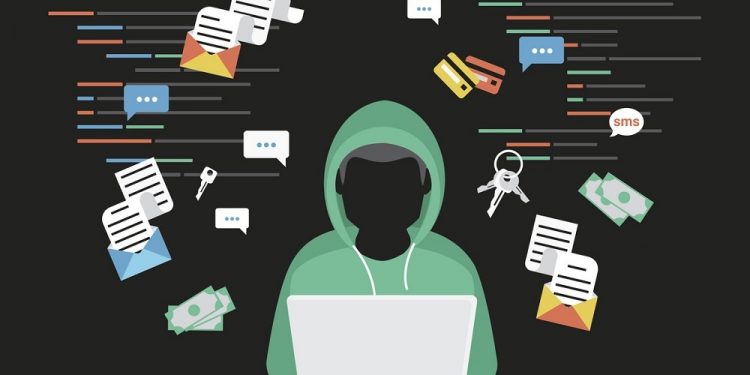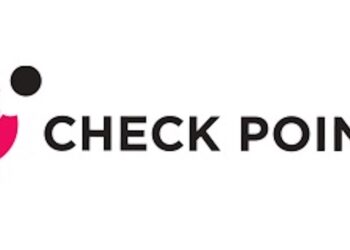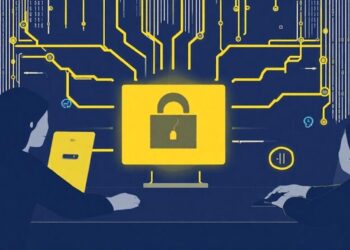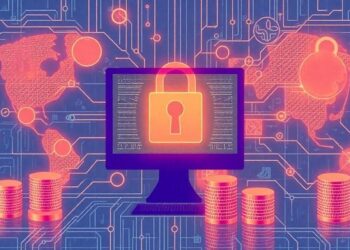Businesses embracing technologies to accelerate their growth and to enhance performance. Organization moving forward with digital transformation journey, exercising cloud computing, enabling IoT and other technologies, automatically invites cybersecurity thraets adn risk to the organization. a great move to step forward with advance solutions, Leveraging technologies, and digitization with defending our enterprise from cybercriminals and security threats will make digital transformation journey successful.
Using tech applications, SaS based solutions, and technologies can boost your effectiveness but also invites cybersecurity risks.
We saw cybercriminals targeting organizations with advanced and sophisticated methods. Last year accroding to FICO survey: Indian companies are overconfident about their organization’s cybersecurity. 2020 is an eye-opener for many organizations moving forward with technology and digital transformation.
CERT-In (Indian Computer Emergency Response Team) reported more than 3,13000 cybersecurity incidents in 2019.
- [ Also Read: Digital Transformation Journey and Data Protection]
Rising cybersecurity threats and advancing cybercriminals, enterprises should be very careful defending their IT infrastructure, application, IoT devices and protecting digital assets. Below are the three major cybersecurity threats to the enterprisees in 2020.
Personalized Phishing attacks
Based on your recent activity, behaviors you might receive personalized emails with curious subject line and attachments asking you to click links or open attachment, this might be a trap, clicking any links or opening attachments may bring dangerous risk to the system, it may inject malware in your machine.
Cybercriminals are targeting companies with previously stored/stolen data to get your SaS, applications, or account credentials. They use artificial intelligence that can read corporate lingo for such scams.
Enterprises CISOs must take adequate measures, follow cybersecurity guidelines to beat such threats related to the organization’s security. Some web-browsers attack does not require network access. HTTPs encryption will be a significant concern point in 2020. In the wake of security, companies need to ensure their employee and partners can recognize suspicious thearts and avoide playing with it.
Ransomeware
Ransomware incidents are continuously rising; it is the most significant threat and propelling with more complexity. Hackers are using technology and data to make their attack successful.
Cybercriminals are so advanced and confident that they have threatened to entire cities like Baltimore and New Orleans.
Hackers are using different-different methods like DoS, BlueKeep to carry cyberattacks. Some attacks so advance and so much complicated that users do not have any alternate option except to pay to these crooks. In 2019, Cybersecurity professionals found 1st mass hacking incident with BlueKeep exploit.
Hackers targeting enterprises, government organizations, manufacturing units, banks, financial organizations, hospitals, and those organizations who can not afford any cybersecurity related threats or disturbances. These organizations hold enormous data, reputation, and responsibility, any security events will damage the reputation, customer trust, loyalty in the long run.
In 2020, we must be proactive in defending our system and IT infrastructure by designating resources for securing organization security and following cybersecurity standards.
IoT (Internet of things)
Today IoT devices have become part of our organization’s central system and network. We are leveraging these technologies, It brings a lot of benefits and provide tools to evaluate and to enhance business efficiency. IoT devices connect wirelessly with organisation’s interface and with the ability to communicate and transmit data. Usually, many IoT devices directly integrate with the company’s leading network; these can interact and exchange data, and accessible remotely. Hackers use Botnet and other malware to steal crucial digital data and use it for DDoS and phishing attack. One of the very dangerous Botnet MIRAI has proved what security risks IoT is carrying.
Because of the capability, IoT devices adoption rising heavily for health, medical, enginnering, manufacturing, analytics, utility, and for various other solutions, many enterprises adopting IoT without adequate safeguards and cybersecurity threats. Cybercriminals target IoT devices to get access to the organization’s netwok and control system.
Experts suggest 2 step authentication, but how many devices and how many employees follow the security standards properly?.
Because of the nature of the IoT devices, it brings great advantage to the organization and accelerates growth. Adaptation of IoT increasing, Gartner report shows 20.4 billion IoT devices will in use by 2020. Recent attacks have opened the eye of many security professionals, across the enterprises cybersecurity has become major boardroom debate, how to combat security threats associated with technologies.
Conclusion
Digital transformation and adopting IoT devices accelerating good growth, but the same hackers continue keeping an eye looking at any vulnerability or loopholes to attack the system. Many IoT devices independently owned and controlled by employees have the same network access, but without any security parameter, these are also an easy target for hackers. Enterprises should start following cybersecurity guidelines across the employees, partners and others who are holding system network access to beat security threats.























